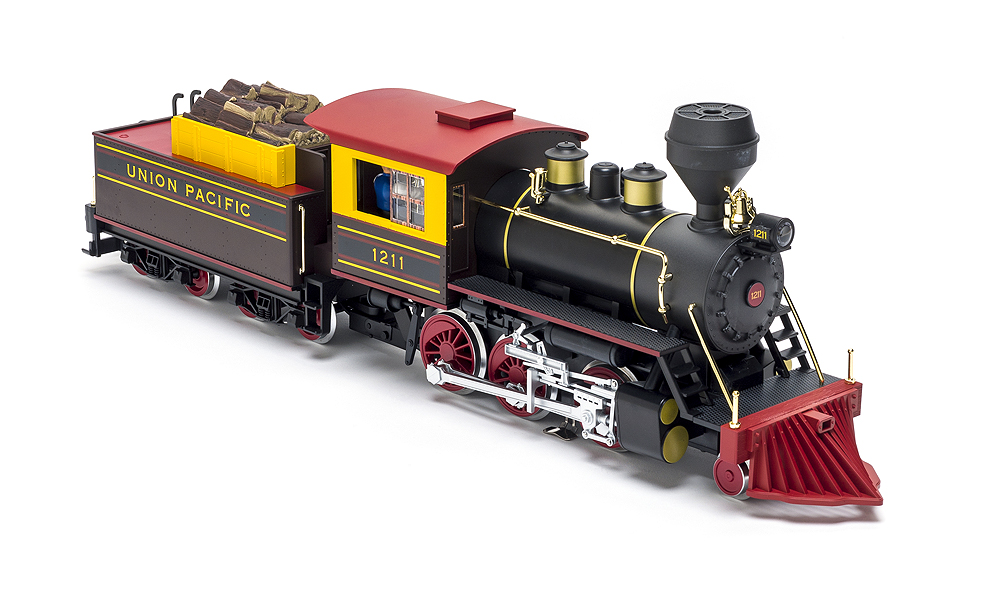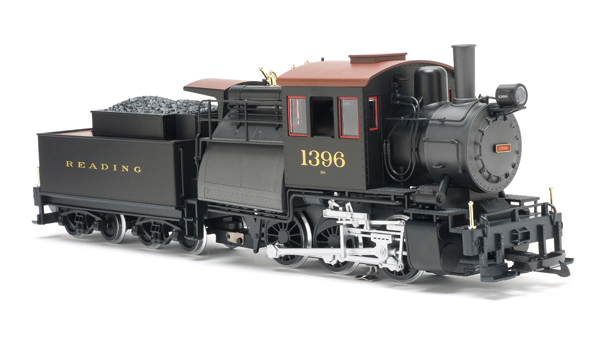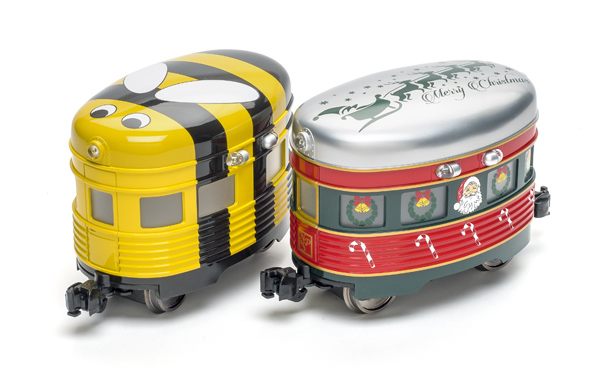Available from:
Train-Li
3 Kensington Way
Upton MA 01568
Prices: $14.95 – $24.95
Website: www.trainli.com
Moderately priced speakers for use with locomotive sound systems; size: 2″ to 3.3″ diameter
Pros: Great sound reproduction even without enclosure
Cons: None
I first encountered the Visaton line of speakers a few years ago while working on a center-cab locomotive for my railroad. I needed two speakers, one under each hood. I’d previously been a “use whatever I can scrounge and make it work the best I can” kind of audio person, largely due to the relatively tight quarters of some of my installations that left me with precious little space for quality speakers. Also, I had a stash of decent-sounding speakers my Dad had scavenged, the pedigree of which was often unknown. While most were “good,” I could tell the difference between some of the lesser-quality speakers when side-by-side with high-quality ones. For this project I had to buy new speakers. Visaton speakers were recommended on an online forum, so I bought two FRS 5 speakers, which are 2″ diameter—the largest that would fit in the ends of the two hoods.
These sounded good straight out of the package. They were rated with a good frequency response for such small speakers (150Hz – 20,000Hz.). Being rated at five watts, they could handle plenty of volume without distorting. Once they were installed in the ends of the hoods, then fastened to the loco’s frame, the hoods became enclosures in their own right, and the bass response improved even more. I’ve since used that same speaker in a couple of other projects (both small-hooded diesels) with equally pleasing results, regardless of the make of the sound system driving it.
Train-Li stocks the Visaton line of speakers, and recently provided two larger speakers—the FRS 7 and FRS 8, in addition to the FRS 5, for me to try. The FRS 7 is a 2.5″ speaker rated at eight watts, and the FRS 8 is a 3.3″ speaker rated at 30 watts! All three are eight-ohm speakers, which is what various manufacturers of locomotive sound decoders generally recommend. Having already been impressed with the smallest of the three, I was eager to see how its larger brothers sounded.
The two smaller ones (FRS 5 and FRS 7) found their way under the hood of a diesel project I’m currently working on. The small speaker fit on the floor in the factory-designed speaker location. With just that one speaker, and the long hood acting as an enclosure, the sound was impressive. I added the second (larger) speaker at the opposite end of the hood. This end had no grill or other opening for the sound to escape so I was expecting it to sound muffled. It was too muffled, and I could barely hear it over the smaller speaker. A little head scratching and quick work with a Dremel tool provided an opening from which the sound could escape. The sound improved dramatically. The two speakers worked together to give the loco (an Alco) the nice bass presence one would expect. With the loco sitting on the workbench, I could even feel some vibrations on the bench itself. I couldn’t hear any sign of distortion except when the prime-mover sound was at its maximum intensity. Since the forward speaker was not solidly mounted in the hood, that might also have been vibration from a loose speaker. I don’t run my locos at anything near those volume levels, so it’s not something I’d worry about.
The largest speaker (3.3″ diameter) was ripe for being installed in the tender of one of my steam locos. I’d just installed a Soundtraxx Econami decoder, so I had room for a larger speaker. With steam locomotives, the speaker can make or break an installation. If the speaker has no bass response, the chuff can sound like a kid banging on a cookie sheet. If there’s good bass response—and the chuff sample is of high-enough quality—you can really get a solid, realistic “chuff” out of the locomotive.
The large speaker performed well. Frequency response was great. Sounds were crisp and distortion free—especially important (and noticeable) on the whistles. The Econami decoder has the benefit of a user-programmable seven-band equalizer, so the sound can be customized to fit the speaker for best reproduction. After some tweaking of the EQ and chuff response on the Econami, I had a strong, bass-y chuff with crisp whistle and bell.
My basis for establishing the quality of speaker sound is purely what sounds good to my ear. Sound quality is 100% subjective, based entirely on how it sounds to the person hearing it. For the sound systems we use, at typical volume levels, in typical environments, if it sounds good to my ear, it works for me.
I’ve used cheap speakers and I’ve used moderately priced speakers. There is a difference. Our typical installations need all the help they can get from the speaker itself to get the most out of the system. If you’re willing to spend $200 for top-drawer sound, why run it through 50¢ speakers? These speakers give great sound at a reasonable price.















just bought 2 FRS8’s for my 2 Annies I cam converting to Radio Control. will let you know how they sound.
A – RGGR